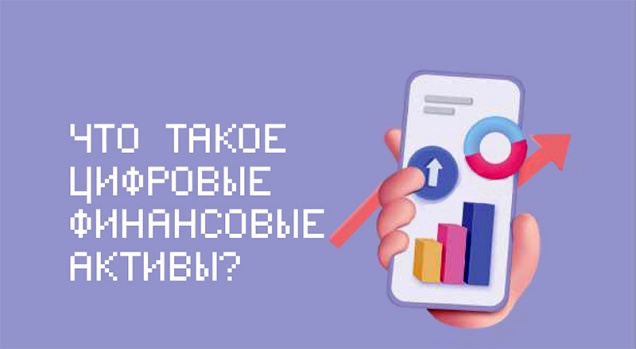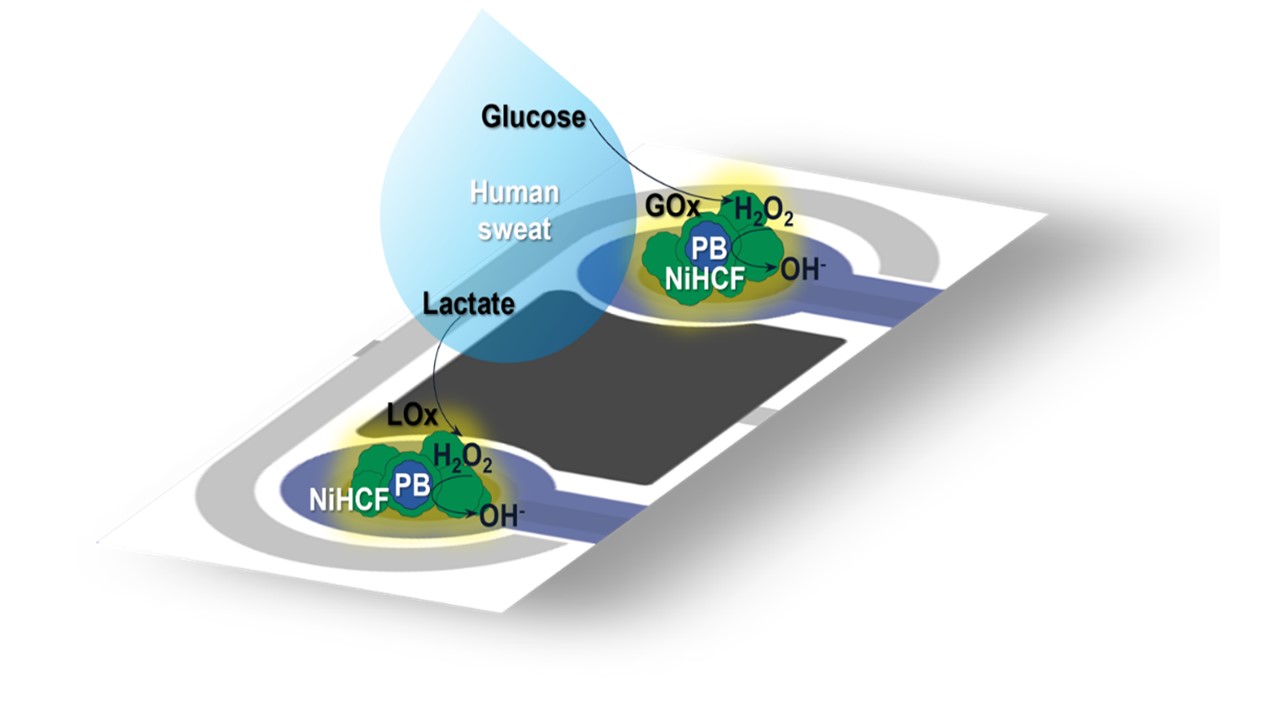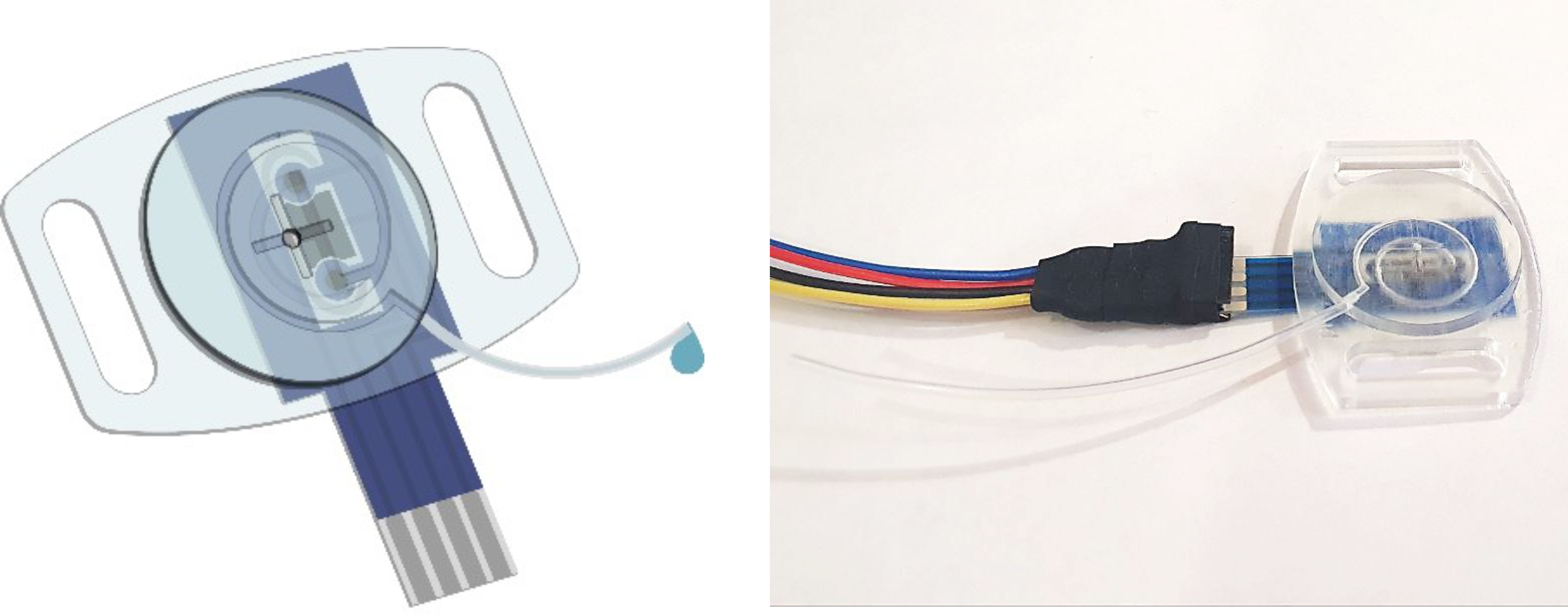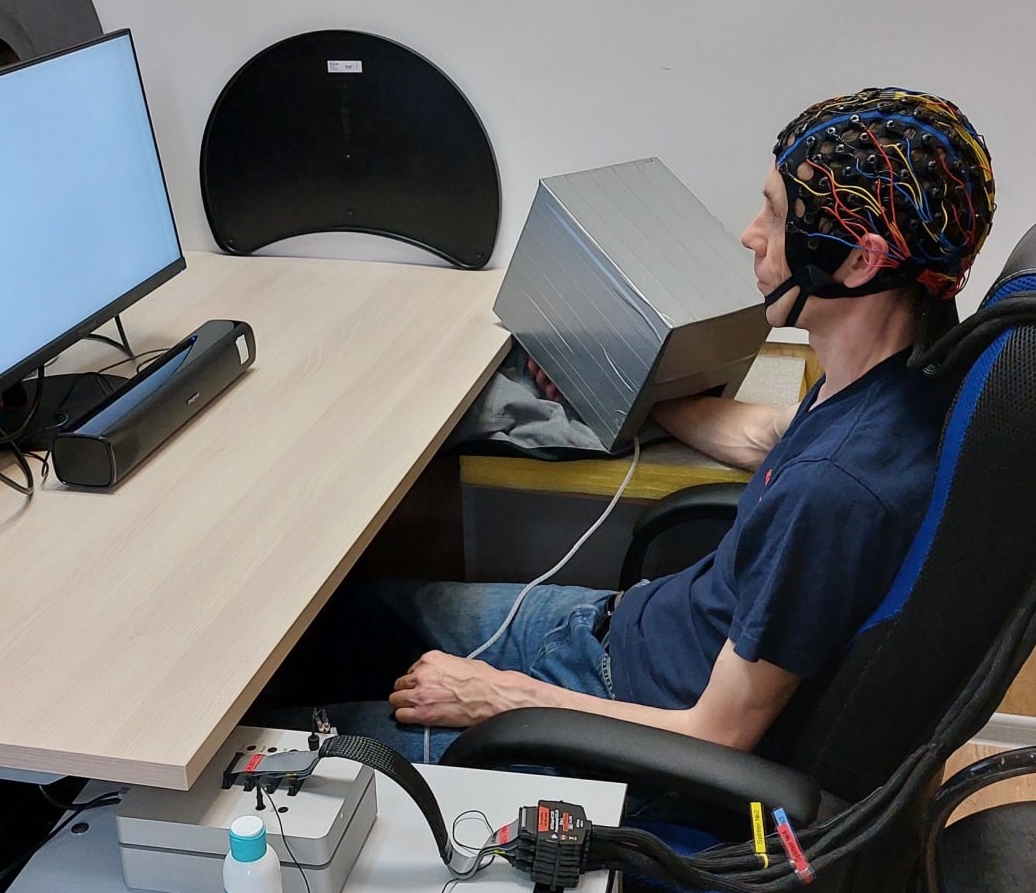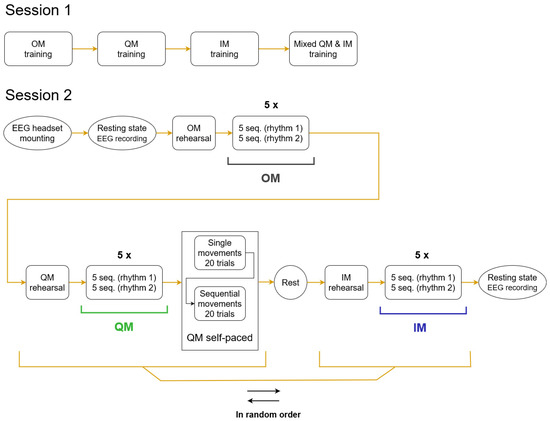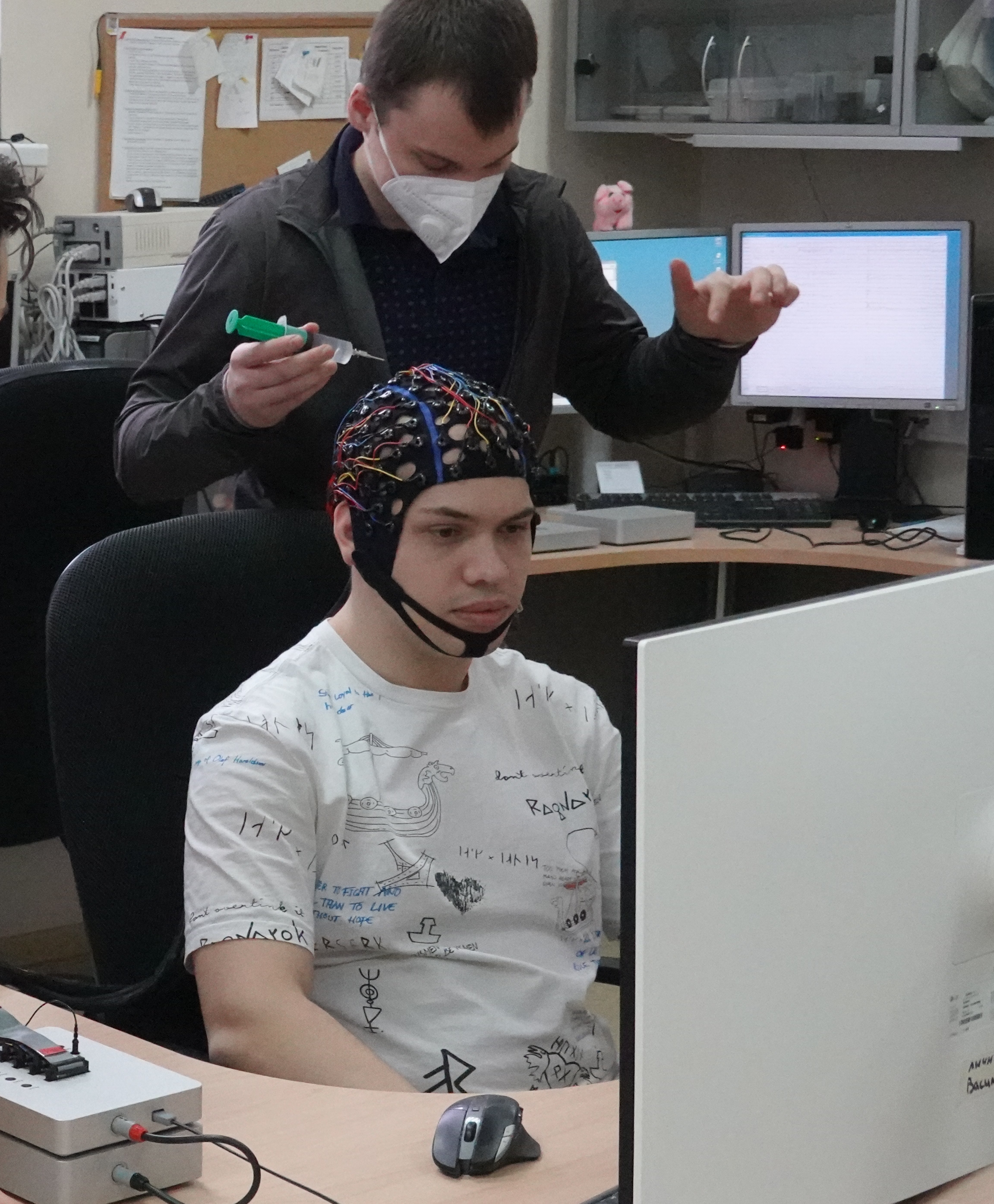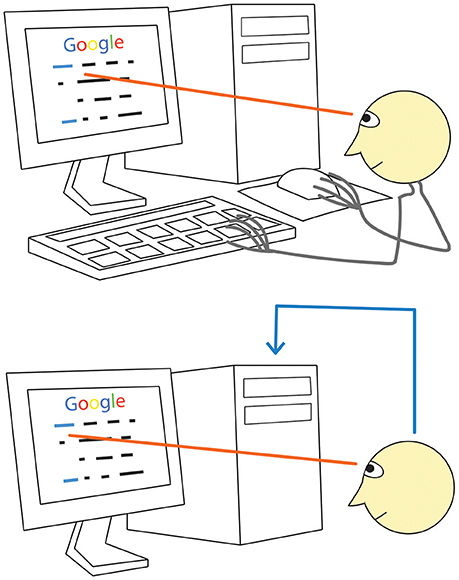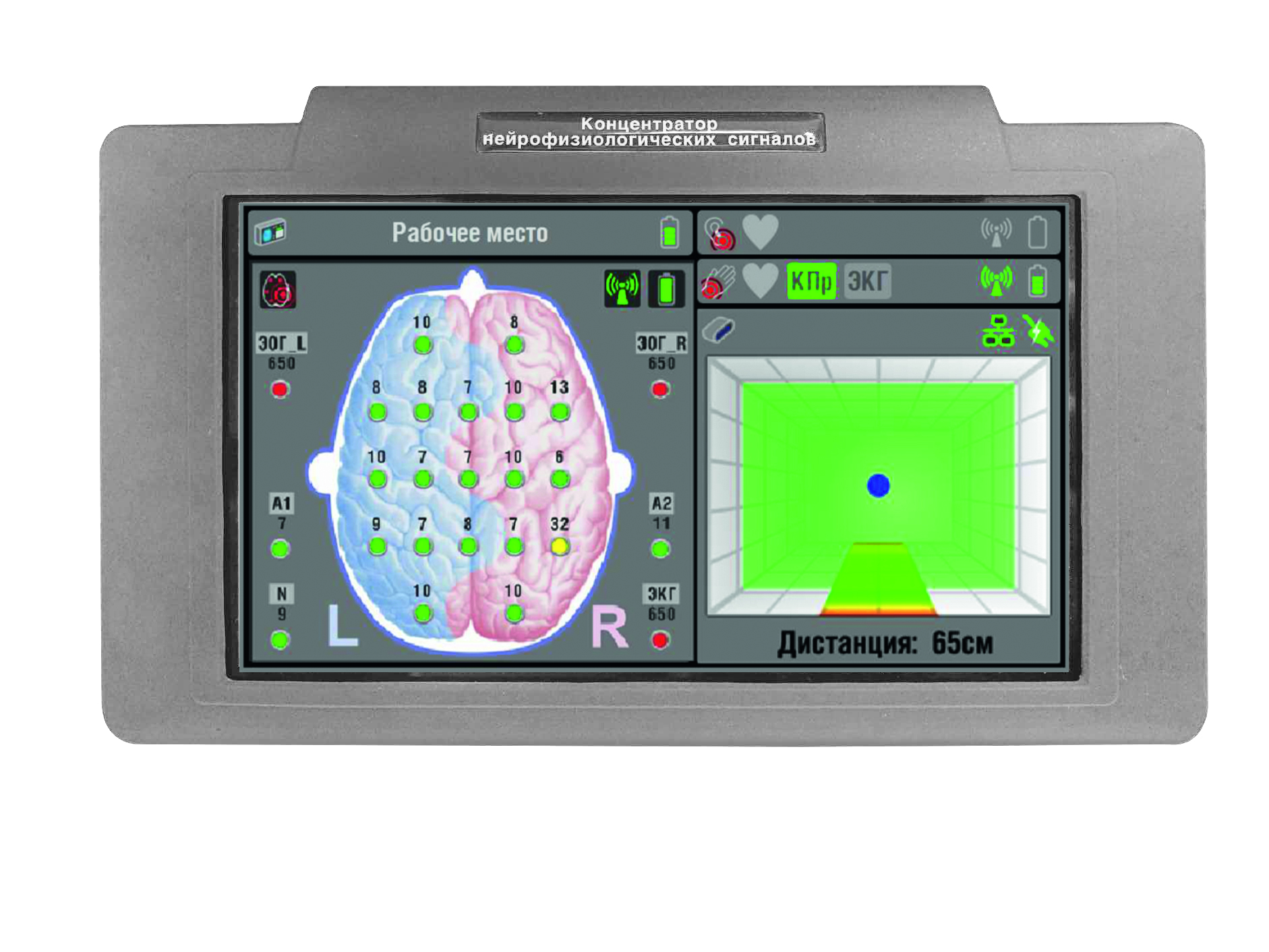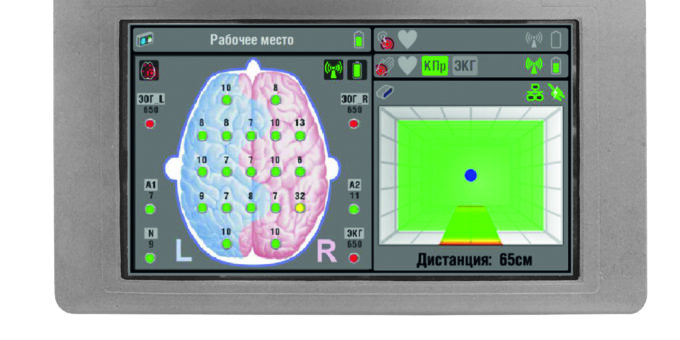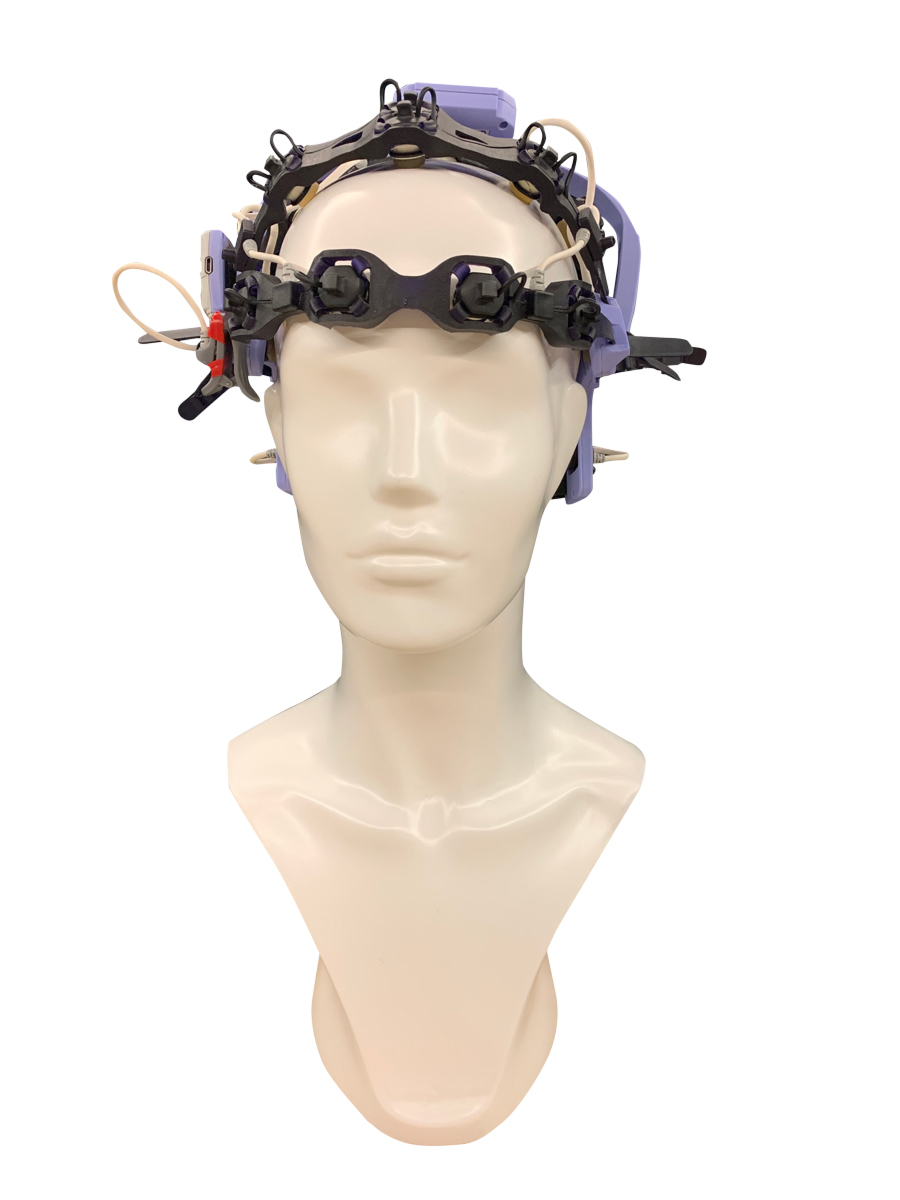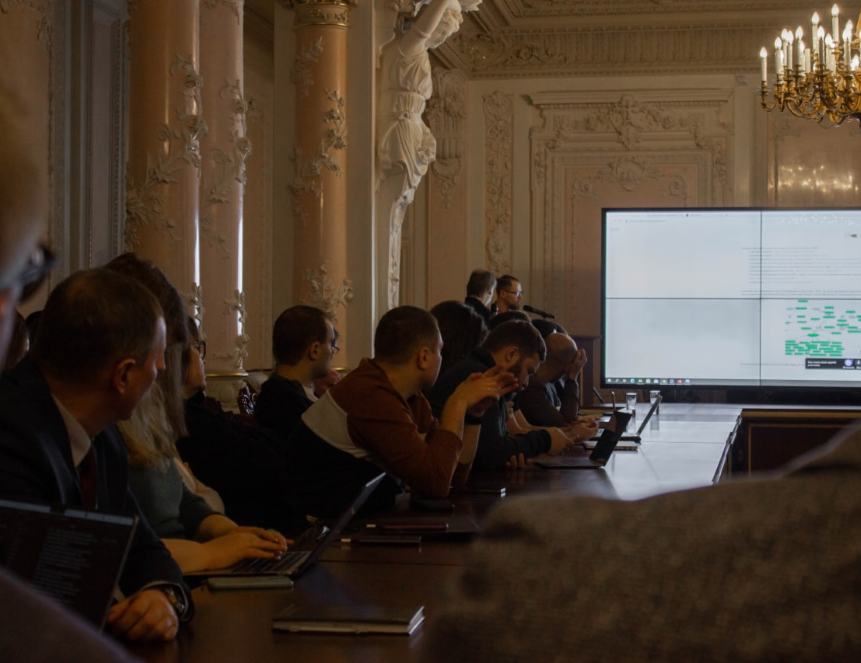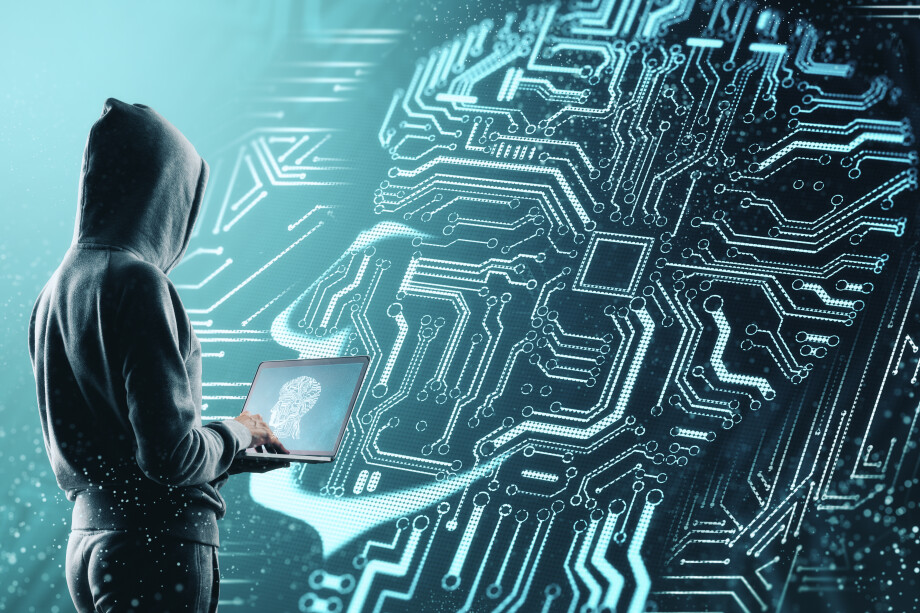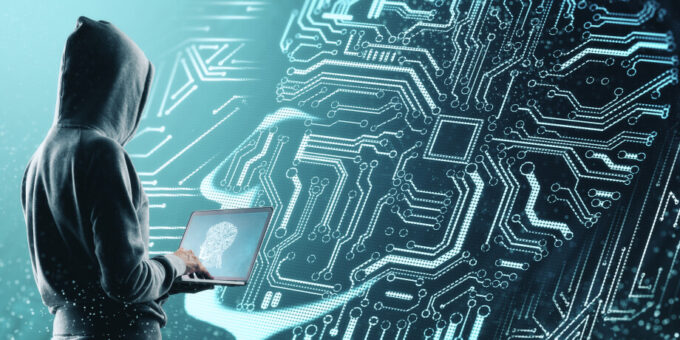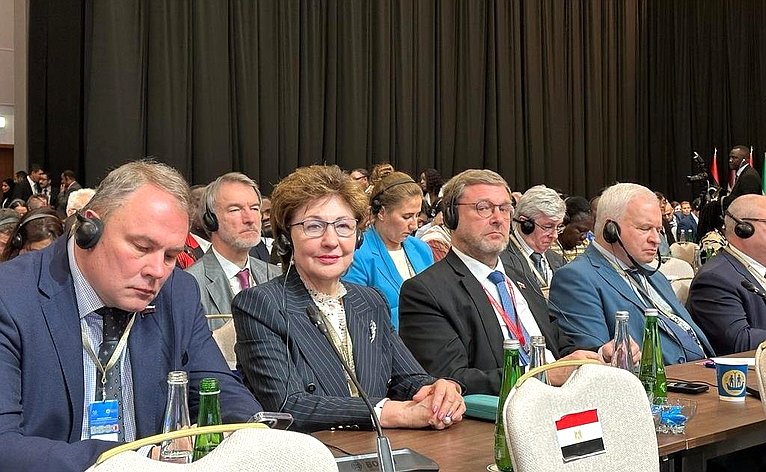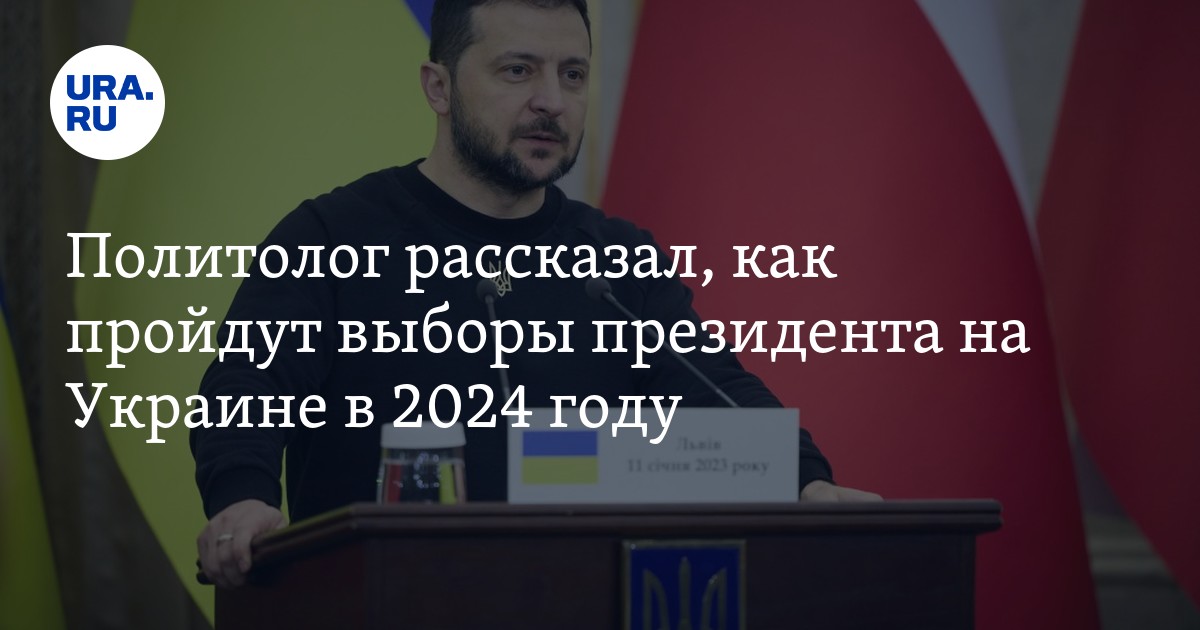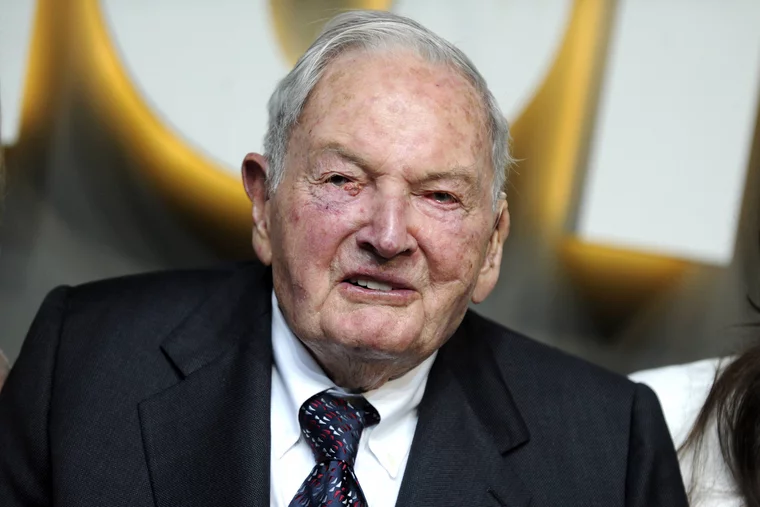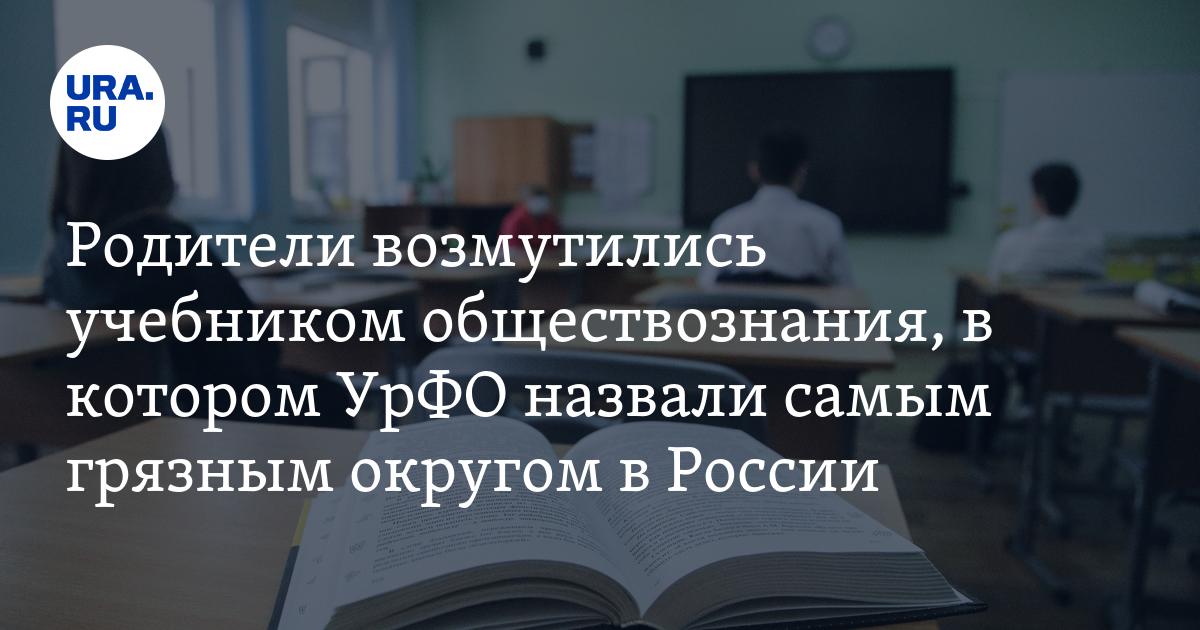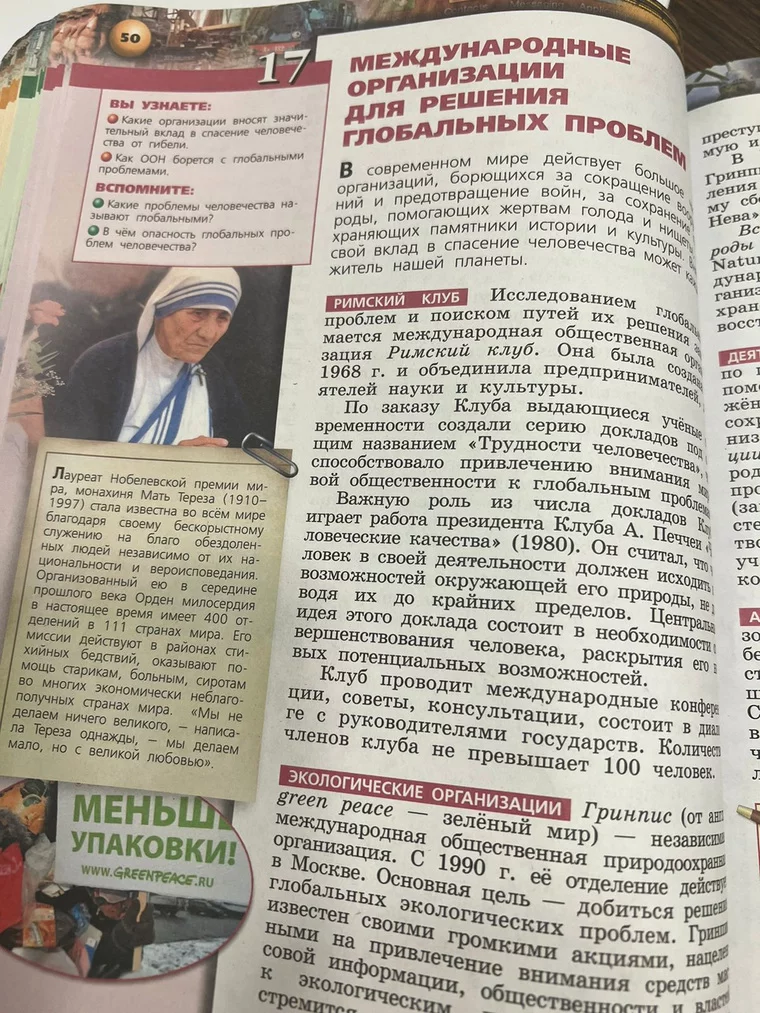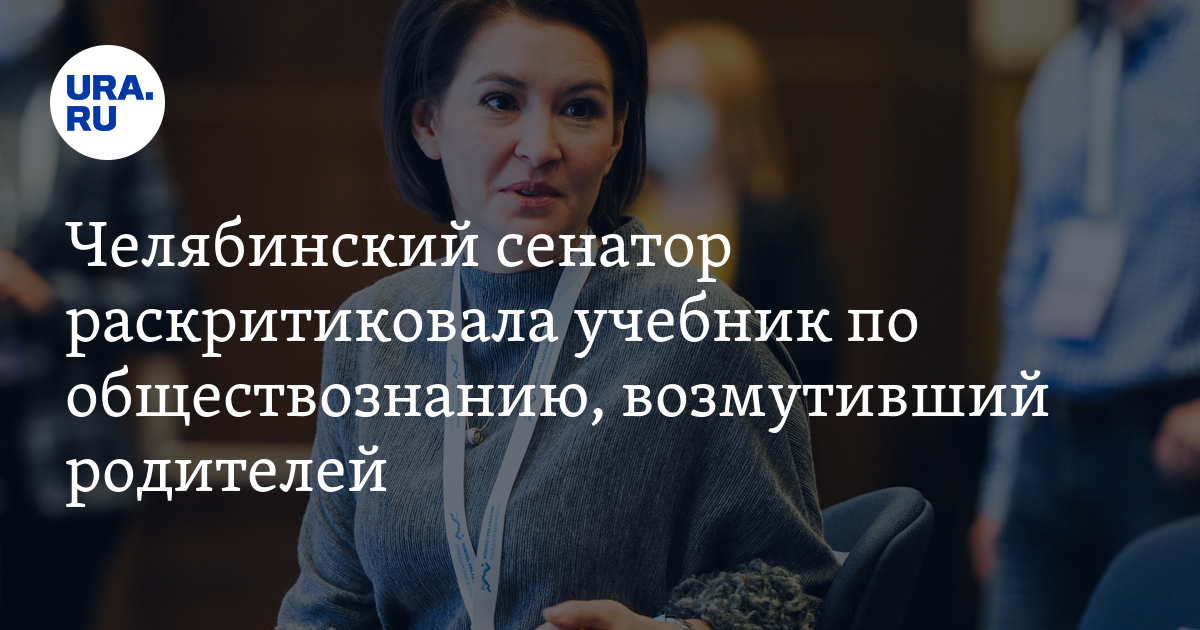Lalas
Star
- Joined
- Nov 8, 2022
- Messages
- 2,129
(+A few more posts from Page 3, and other pages)The Neuronet Roadmap was approved by Protocol No. 1 of 02/28/2022 by absentee voting of the members of the Presidium of the Government Commission for Economic Modernization and Innovative Development of Russia.
https :// nti2035.ru/docs/ДК%20Нейронет.pdf
APPENDIX No. 4
to the minutes of the meeting of the Interdepartmental Working Group on Development and Implementation National Technology Initiative Under the Government Commission for Economic Modernization and Innovative Development of Russia
No. 1 dated January 21 , 2021
Action plan ("road map")
National Technology Initiative
Neuronet
I. Passport of the action plan ("road map")
Name of the working group
(head and (or) co-heads of the working group)
Neuronet
Responsible federalexecutive authority
Ministry of Education and Science of Russia
Interested federal executive authorities
Ministry of Industry and Trade of Russia, Ministry of Labor of Russia,
Ministry of Finance of Russia, Fund for Assistance to the Development
of Small Forms of Enterprises in the Scientific and Technical Sphere, JSC "RVC"
The objectives of the action plan (roadmap) are to form a globally competitive Russian segment of the Neural network market by 2035, ensuring the emergence of at least 10 national "champion companies"
List of target indicators of the action plan ("roadmap")
Target indicator 1. "Number of Neural networks Centers";
Target indicator 2. "Number of laboratories in Neural Network Centers";
Target 3. "Number of clubs of young neuromodelists";
Target 4. "Number of PCT foreign applications";
Target 5. "The number of small enterprises in the Neuronet market";
Target indicator 6. "The number of medium-sized enterprises in the Neuronet market";
Target indicator 7. "The volume of the Russian market";
Target 8. "Export volume Russian high-tech products for DC Neuronet".
Stages and terms of implementation of the first stage (2016-2018)
Second stage (2019-2025)
The third stage (2026-2035)
Directions of implementation of the action plan ("roadmap")
"Neuromedtechnics";
"Neuropharma";
"Neuroeducation";
"Neuro-entertainment and sports";
"Neurocommunications and marketing";
"NeuroAssistant"
The total amount of financial support for the main stages, including the assessment of the volume of state support implementation of measures
10.5 billion rubles
II. Targets and indicators of the action plan ("roadmap")
1. A brief description of the scope of the implementation of the action plan ("road map"), including information about the markets arising from the implementation of the action plan ("road map"), changes in the industries within the scope of the implementation of the action plan ("road map"), information about the expected socio-economic effects of the implementation of the action plan ("road map") in the medium and long term and on measures to improvement of legal and technical regulation in order to ensure the implementation of the action plan ("roadmap").
1.1.Brief description of the emerging market
The next technological revolution will be associated with Neural network technologies and a significant increase in labor productivity, including through the integration of knowledge about the functions of the human brain and its capabilities with computers and the digital technosphere as a whole.
The neural network will become the next stage of the Internet development, in which the interaction of participants ("human-human", "human-machine") will be carried out using new neurocomputer interfaces in addition to traditional ones, and computers will become neuromorphic (similar to the brain) based on hybrid digital-analog architectures.
In addition to the above trends, the emergence of social neural networks and full-fledged hybrid human-machine intelligence is predicted.
The use of Neuronet technologies in the field of education will dramatically increase the volume and speed of assimilation of new knowledge, while the development of technologies in the field of neurofitness, optimization of perception and memory processes will lead to a significant strengthening and expansion of human cognitive abilities.
Application of Neuronet technologies in the field of neuroeconomics, neuro-communications and marketing, integration of advanced scientific
developments in the field of neurocognitive sciences that determine patterns of human behavior, and data processing technologies by means of AI it will create platforms and services to support accepted business decisions of various directions, from the management of specific business processes to the management of social capital of subjects of economic and state interaction. This will increase the efficiency and competitiveness of the economy, accelerate economic growth and improve the quality of life and personal well-being of a person.
In the field of medicine, technologies will be created that allow the use of artificial limbs and expand human sensory capabilities. At the same time, effective targeted biomarkers and drugs for
the diagnosis, prevention and treatment of neurodegenerative diseases, including schizophrenia, depression, Alzheimer's disease, Parkinson's disease and other age-related dementias are expected to appear in the ten-year future.
Note: when implementing all the activities of the program, if necessary, assess the degree of impact of the trends of the Neuronet market segments on the Helsnet roadmap, and the Neuronet roadmap on the Helsnet roadmap (in terms of specialized products and technologies). ..."
[ "Helsnet" is the Russian one - but, obviously, it's not just her, it's all copied from WEF, MIT and so on - a roadmap for "healthcare" ("neuro" pills, vaxx, gene therapy, modification, etc.) ]
continues later..

National Technology Initiative (news site)
Комплекс для восстановления мозга после ковида может пройти регистрацию в РФ в 2022 году - news2035.ru
Российский комплекс нейрокоррекции для восстановления пациентов с нарушениями работы мозга и центральной нервной системы после перенесенной коронавирусной инфекции может получить свидетельство о регистрации в качестве...
 news2035.ru
news2035.ru
08.05.2022
The Russian neurocorrection complex for the recovery of patients with brain and central nervous system disorders after a coronavirus infection may receive a certificate of registration as a medical device as early as 2022. This will allow the complex to be used in public institutions, Vladimir Konyshev, an expert of the NTI NeuroNet working group, CEO of Neurobotics, told TASS on Sunday.
"We hope to receive a certificate from the Ministry of Health on the registration of a medical device by the end of the year. After that, the complex can be used in public clinics and rehabilitation centers. So far, it is used only by private medical centers," Konyshev said.
Among the consequences of COVID-19, doctors note memory disorders in patients, decreased sleep quality and such psychoemotional disorders as irritability and tearfulness. The domestic neurocorrection complex Neuro-V is designed to combat these consequences. It includes a neural headset that is fixed on the patient's head, and software for computers and mobile devices with a set of special trainings that have proven their effectiveness in a study on volunteers.
"For three weeks, 30 people who underwent COVID-19 took part in the tests. <…> [Studies] have shown accelerated recovery of a number of functions in comparison with people who do not use the complex. As a rule, on the fifth lesson, people's sleep was restored, on the tenth, the state of the psycho—emotional sphere improved," Konyshev said.
He explained that this effect is provided by introducing the brain into the so-called alpha state, in which functional reserves are restored most successfully.
Source: TASS"






